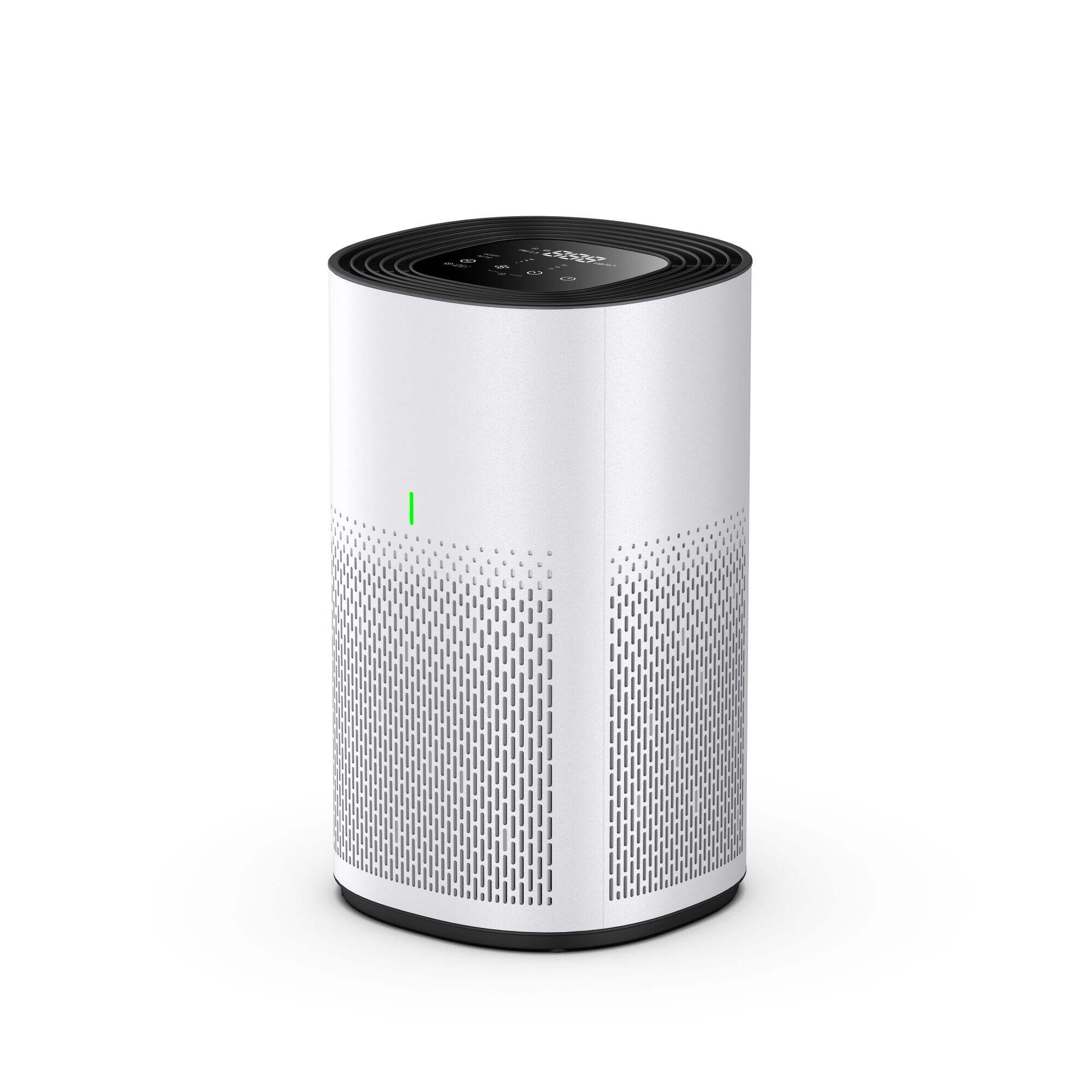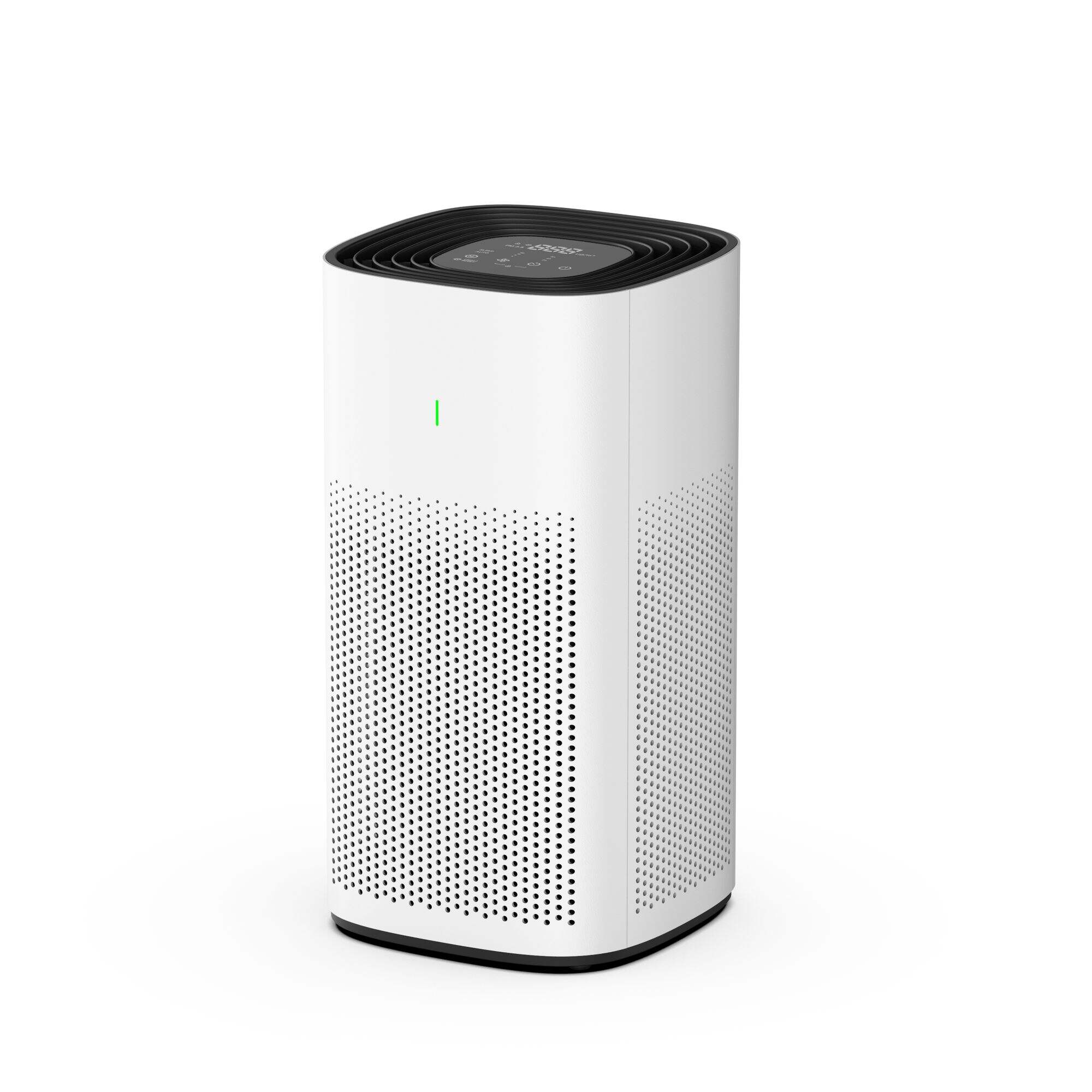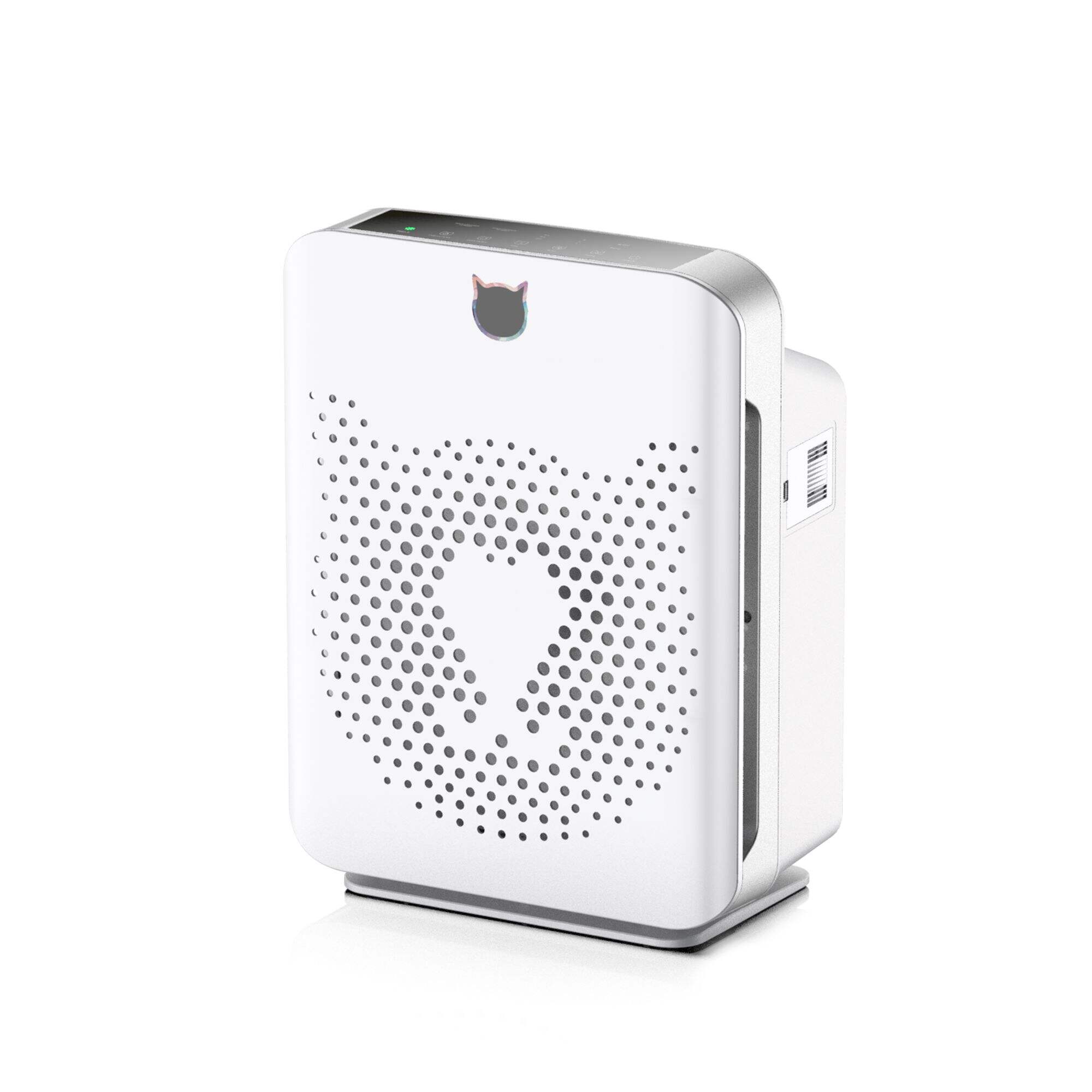Create a Comfortable Home with Intelligent Climate Control
Essential Components of Intelligent Climate Control
Smart Thermostats for Precision Temperature Management
Smart thermostats are revolutionizing temperature management by using advanced algorithms to learn user habits and adjust settings accordingly. These intelligent devices ensure optimal comfort while significantly minimizing energy consumption. A notable benefit is the ability to control these thermostats remotely using smartphone applications, allowing users to make adjustments from anywhere, at any time. This functionality is particularly useful when you're away from home, ensuring energy efficiency and comfort without manual intervention. Moreover, smart thermostats integrate seamlessly with other smart home devices, enhancing their effectiveness by creating a cohesive climate control system. Such integration allows for automation, where temperature adjustments are synchronized with other systems like lighting and shading, optimizing the overall home environment.
Ventilation Systems for Balanced Airflow
Ventilation systems are vital for maintaining indoor air quality by diluting pollutants and ensuring a balanced airflow. These systems typically include exhaust fans and balanced ventilation mechanisms to effectively manage air circulation. Mechanical ventilation, such as heat recovery ventilators (HRVs), enhances energy efficiency while providing a steady supply of fresh air. It is crucial to perform regular maintenance on these systems to prevent blockages and ensure optimal performance. Proper ventilation, combined with intelligent climate control solutions, significantly improves air quality and overall well-being, as it helps manage indoor pollutant levels effectively.
Energy-Efficient Cooling Fan Integration
Energy-efficient cooling fans play a key role in improving air circulation within a home, offering a cost-effective way to enhance climate control without increasing energy expenses drastically. When integrated with smart thermostats, these fans can operate autonomously, increasing cooling efficiency during peak usage times. This synchronization between fans and air conditioning systems can lead to substantial reductions in energy bills by leveraging the principles of air distribution. By optimizing air movement, cooling fans not only improve comfort levels but also enhance the effectiveness of the entire home climate control system, creating a more sustainable environment. Utilizing such fans ensures that we manage airflow intelligently, benefiting both our comfort and our energy consumption.
Achieving Optimal Air Quality in Modern Homes
HEPA Filtration for Allergen Reduction
HEPA filters play an essential role in maintaining a healthy indoor environment, as they can capture 99.97% of particles as small as 0.3 microns. This makes them incredibly effective for allergy sufferers, reducing the presence of common irritants like dust, pollen, and pet dander in the home. Installing HEPA filtration systems can dramatically minimize these allergens, promoting cleaner air and better health outcomes. Selecting certified HEPA purifiers ensures quality performance, as these are often backed by rigorous testing from esteemed organizations such as the Association of Home Appliance Manufacturers. Hence, investing in certified HEPA air purifiers is a prudent step for those aiming to significantly improve their indoor air quality.
Pet-Specific Air Purification Solutions
For households with pets, air purification tailored for pet-specific needs can greatly enhance indoor air quality. These purifiers come equipped with advanced filters designed to efficiently capture pet dander and reduce unpleasant odors, thus fostering a healthier living space for both pets and owners. Enhanced technologies, such as activated carbon filters, are particularly effective at neutralizing odors while capturing hair and allergens. Scientific research points to the increased level of airborne pollutants in homes with pets, underscoring the necessity for these pet-specific purification systems. By reducing these pollutants, pet owners can create an environment that is both comfortable and healthy.
Humidity Control for Healthier Environments
Managing humidity levels is crucial in safeguarding indoor air quality and overall health. Maintaining humidity between 30-50% not only prevents mold growth but also halts the proliferation of dust mites, both of which are key contributors to poor indoor air. Integrating dehumidifiers and humidifiers into intelligent climate control systems enables precise regulation of air moisture, thus ensuring optimal indoor conditions. Studies indicate that controlled humidity levels lead to improved respiratory health and increased comfort across indoor environments. Therefore, adopting smart systems for moisture management is essential for fostering a healthier and more comfortable home atmosphere.
Top Air Purifiers for Intelligent Climate Systems
Smart Sensor Air Quality Display Air Purifier: Real-Time Monitoring
The Smart Sensor Air Quality Display Air Purifier stands out with its advanced smart sensor technology, which monitors indoor air quality in real-time, automatically adjusting its filtration power to maintain optimal conditions. This feature allows me to manage my home's air quality with ease, making informed decisions thanks to instant feedback via the digital display. Its compatibility with home automation systems ensures seamless management and monitoring, facilitating a hassle-free experience in maintaining clean air.
Tuya WiFi Control HEPA Filter: Remote Management
With the Tuya WiFi Control HEPA Filter, remote management of air quality is made exceptionally convenient. The air purifier's WiFi connectivity allows me to control settings from anywhere using a smartphone app, providing control over timers and schedules even when I'm away. By seamlessly integrating with other smart home devices, it creates a cohesive and efficient ecosystem tailored for optimal air quality, ensuring my home remains a healthy environment at all times.
Dust & Pet Hair Removal Purifier: Specialized Filtration
The Dust & Pet Hair Removal Purifier is specifically designed for households with pets. It utilizes specialized filtration to effectively capture large particles such as dust and pet hair, considerably reducing allergens in the air. This focused approach ensures a cleaner and healthier environment by addressing pet allergens, making a significant difference in air quality for both pets and their owners.
These air purifiers collectively reinforce the importance of choosing technology that intuitively adapts to our evolving needs regarding ventilation and air quality improvement.
Integrating Climate Tech with Home Automation
Voice Command Compatibility with Alexa/Google
Integrating climate technology with voice command systems like Alexa and Google enhances the hands-free management of home climate settings. This feature allows users to control multiple devices simultaneously using simple commands, optimizing home comfort effortlessly. Voice-activated controls not only promote user engagement but also make climate technologies more accessible and user-friendly. The convenience of issuing commands to adjust settings or get updates on air quality transforms how households experience and interact with their environment, making smart home integration essential.
Energy Usage Analytics for Cost Savings
Advanced climate control systems provide detailed analytics on energy usage, empowering users to identify consumption patterns and optimize their usage accordingly. By utilizing data to make informed adjustments, homeowners can significantly reduce energy costs while preserving comfort. Experts often recommend regular monitoring of these analytics to achieve the best results in energy savings. The integration of smart systems allows users to balance efficient energy consumption with comfort, offering a sustainable solution to managing household energy.
Automated Schedules for Peak Efficiency
Automated scheduling features are instrumental in enhancing the efficiency of climate control systems. These systems adjust settings based on time of day or occupancy, preventing over-conditioning and reducing unnecessary energy expenditures. Studies consistently report significant savings from homes that implement automated scheduling features, underscoring their effectiveness in energy management. By leveraging these automated functions, homeowners can enjoy peak energy efficiency, ensuring optimal comfort without excessive costs. This strategic approach to climate control fosters a sustainable and economically viable home environment.
Maintenance Strategies for Long-Term Performance
Filter Replacement Best Practices
Maintaining optimal air quality and system performance in HVAC systems requires regular filter replacements, typically every 3-6 months. Consistently replacing filters can significantly enhance air quality, ensuring the system operates efficiently by preventing dust and pollutants from circulating. Utilizing high-quality filters not only extends the lifespan of HVAC systems but also maintains air purity, which is crucial for homes with pets or allergies. According to HVAC technicians, it's wise to set reminders for these replacements. Such habits keep systems running smoothly and can help avoid potential breakdowns. Ultimately, a well-maintained system supports better energy efficiency and indoor air quality, making it a vital practice.
System Calibration for Accuracy
Calibrating your climate control system is essential to deliver accurate temperature readings and enhance system responsiveness. By conducting monthly checks of your system's sensors, you can significantly reduce errors and maintain consistent comfort levels within the home. This regular maintenance prevents overworking the HVAC system, thereby prolonging its life and enhancing its efficiency. Professional HVAC technicians offer calibration services and often highlight the importance of regular calibration to ensure the system's long-term performance. Accurate calibration not only optimizes climate control but can also result in energy savings, as the system doesn't need to compensate for incorrect temperature readings.
Troubleshooting Common Connectivity Issues
Understanding and resolving connectivity issues is essential to maintaining a reliable climate control system without always requiring professional assistance. Common problems can often be resolved with basic troubleshooting tips, such as checking your internet connection and rebooting devices. If problems persist, seeking reliable technical support is advisable. Having access to quality resources ensures quick resolutions and helps maintain system reliability. Such proactive measures are indispensable for seamless operation, particularly for systems integrated with smart home technology, which often depend on stable connections to function optimally.

 EN
EN
 AR
AR
 NL
NL
 FR
FR
 DE
DE
 EL
EL
 HI
HI
 IT
IT
 JA
JA
 KO
KO
 PL
PL
 PT
PT
 ES
ES
 ID
ID
 VI
VI
 TH
TH
 TR
TR
 MS
MS



